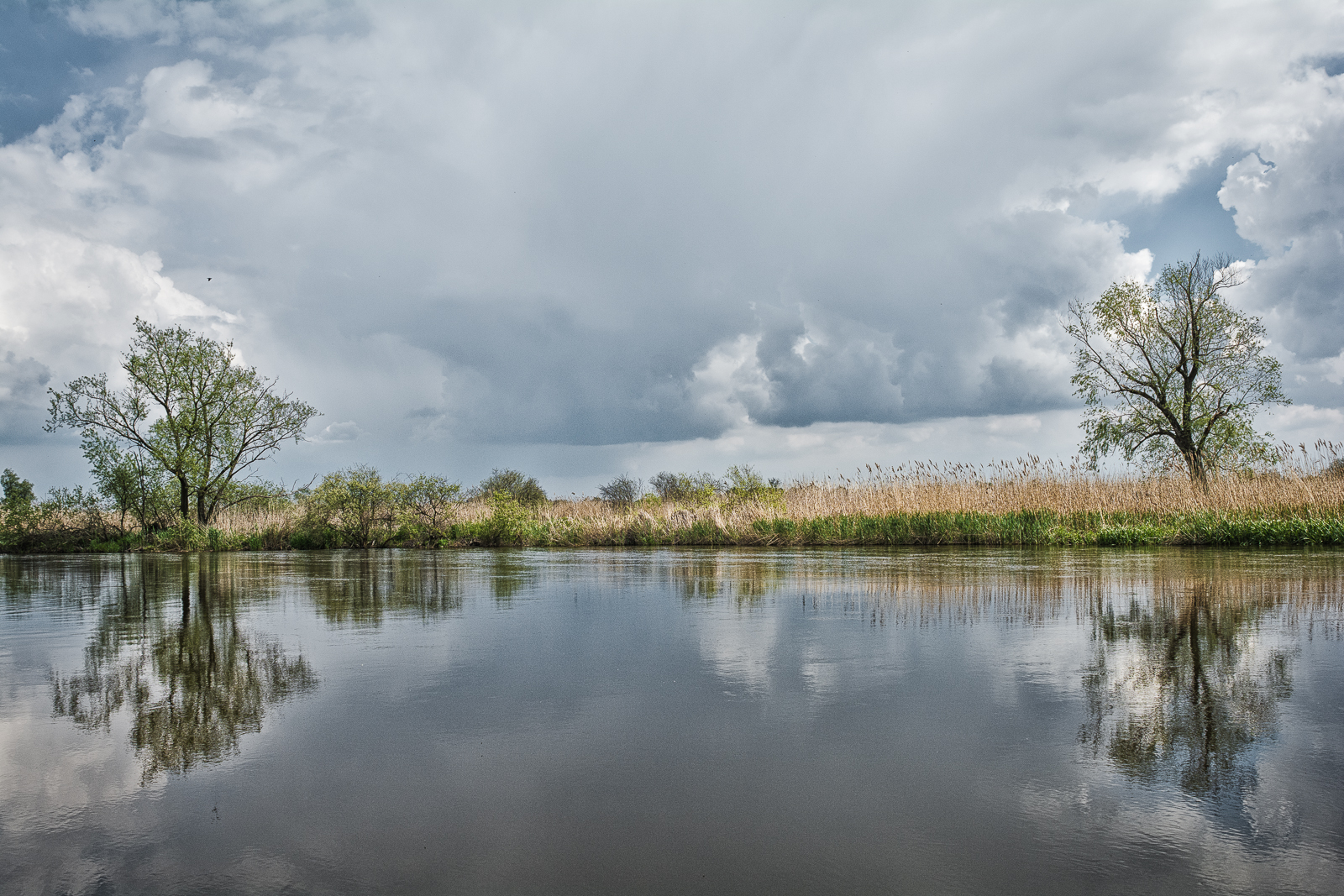First results of a feasibility study on the planned E40 waterway in Poland have been published. The study was conducted as a follow up of an international feasibility study for the whole E40 waterway, which resulted in three potential route options for the Polish section of the waterway. In July 2018, the more specific Polish study was commissioned by the Marine Port of Gdańsk. Its aim is to analyse transport, economic, social, legal, environmental and technical aspects of the Polish section of the proposed waterway. The analysis has already provided information on the most suitable detailed route for the waterway in Poland – along three variants differing only in the very north section.
As part of the study, a so-called “multi-criteria analysis” has been conducted. Herein, 18 different routes for the planned waterway, including the required technical facilities and the navigability, have been analysed. Potential impacts of the waterway on the environment have only been investigated in a very limited way. The respective detailed results are not published yet.
Three of the 18 variants of the proposed waterway in Poland have been identified for further consideration. The respective maps have recently been published (Link http://programwisla.pl/etap2.html ). All of these variants would require the construction of an artificial shipping channel along the rivers Wieprz, Tyśmienica and Krzna up to the Belorussian border in Terespol. The related measures would be very expensive and gainless. Scientific experts and non-governmental organisations are alarmed: the channel would have devastating consequences for rivers and ecosystems as a whole. It would cut through and thus seriously impact several key conservation areas, including 13 nature reserves comprising a total area of over 5,000 hectares and three Natura 2000 sites. One of these is the Natura 2000 site “Middle Vistula Valley” which provides shelter for millions of gulls, terns and waders. The other affected Natura 2000 site is the “Lower Wieprz”, which is amongst others home to the globally threatened aquatic warbler. The Natura 2000 site „Tyśmienica Valley” will also be negatively impacted by the proposed route for the waterway.
By the end of the first quarter of 2020, the Polish waterway variant considered as the most ideal together with the related costs will be identified.
Further information
- Find out more about the feasibility study and the three potential variants of the proposed waterway in Poland
- More information on the Natura 2000 sites affected by the proposed route:
- Discover more Natura2000 sites
- More information on the E40 waterway
- Why we need to save Polesia

